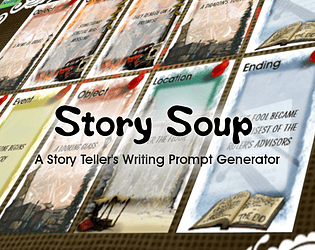Minecraft's world is filled with diverse trees, each offering unique wood types that enhance both survival and creative gameplay. In this comprehensive guide, we'll explore the twelve main types of trees in Minecraft, detailing their characteristics, textures, and the best ways to utilize them in your game.
Table of Contents
- Oak
- Birch
- Spruce
- Jungle
- Acacia
- Dark Oak
- Pale Oak
- Mangrove
- Warped
- Crimson
- Cherry
- Azalea
Oak
 Image: ensigame.com
Image: ensigame.com
Oak trees are the most ubiquitous in Minecraft, thriving in nearly every biome except deserts and icy tundras. Their versatile wood is ideal for crafting essentials like planks, sticks, fences, and ladders. Additionally, oak trees drop apples, which serve as early-game food or can be crafted into golden apples. The classic and neutral tone of oak wood makes it perfect for any construction, from rustic cottages to modern city buildings.
Birch
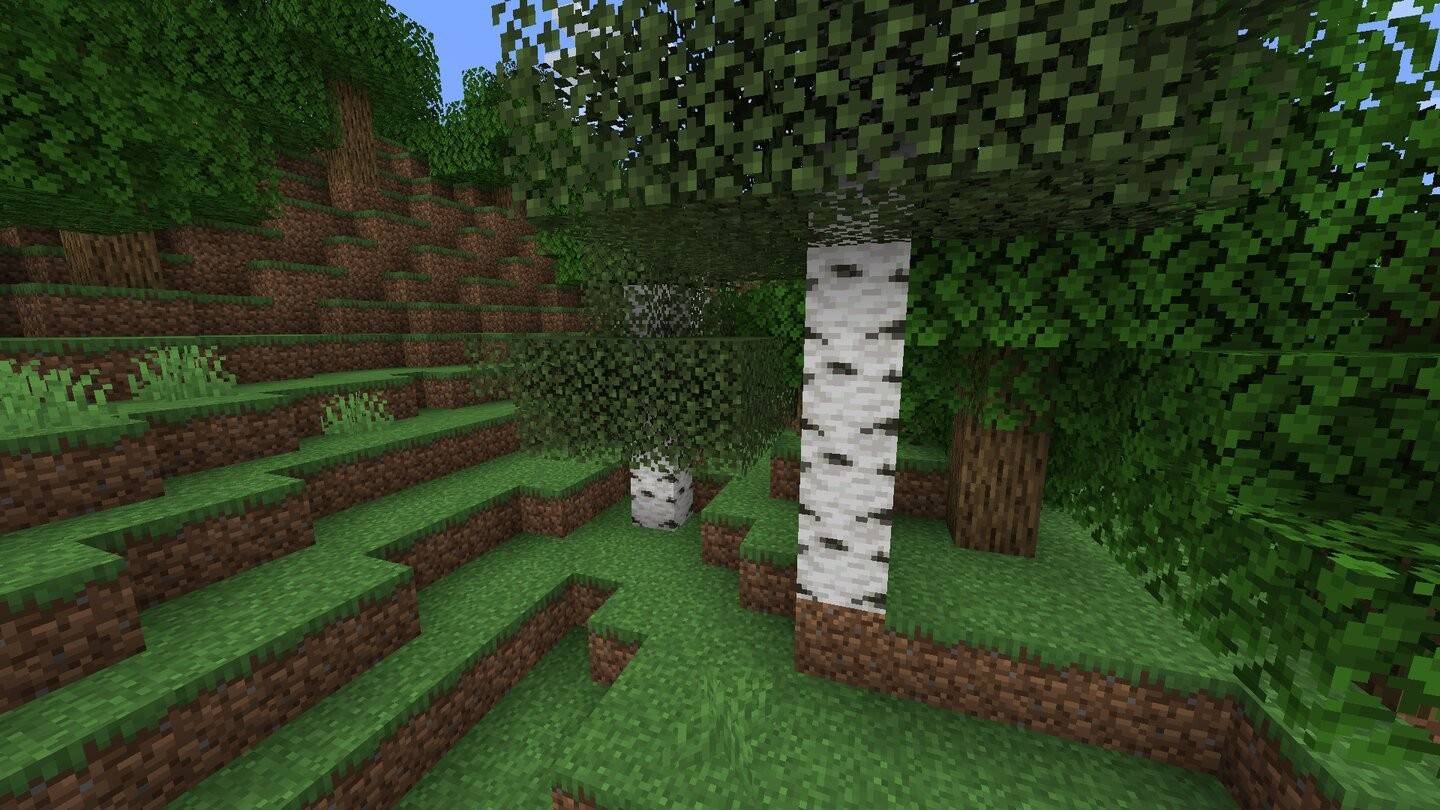 Image: ensigame.com
Image: ensigame.com
Birch trees, with their light and distinctively patterned wood, are a favorite for modern and minimalist builds. Found in birch forests or mixed biomes, birch wood complements stone and glass, making it an excellent choice for creating bright and airy interiors.
Spruce
 Image: ensigame.com
Image: ensigame.com
Spruce trees, known for their height and dark wood, are ideal for crafting gothic and medieval structures. Common in taiga and snowy biomes, spruce wood adds warmth and robustness to your builds, perfect for castles, bridges, or country houses.
Jungle
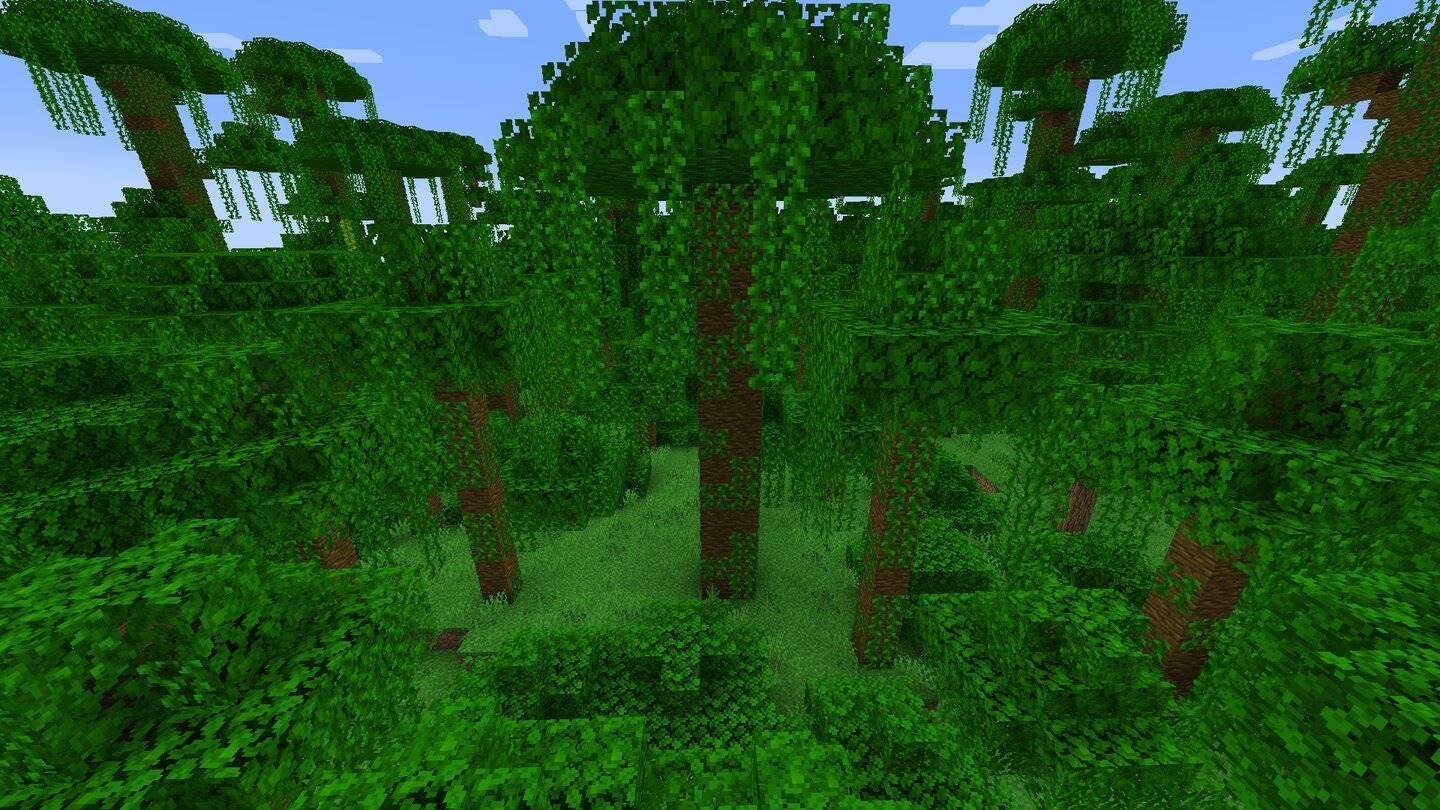 Image: ensigame.com
Image: ensigame.com
Jungle trees, exclusive to jungle biomes, are notable for their towering height and bright wood, often used decoratively. These trees also grow cocoa, making them valuable for setting up cocoa farms. Their exotic look suits adventure-themed builds or pirate bases.
Acacia
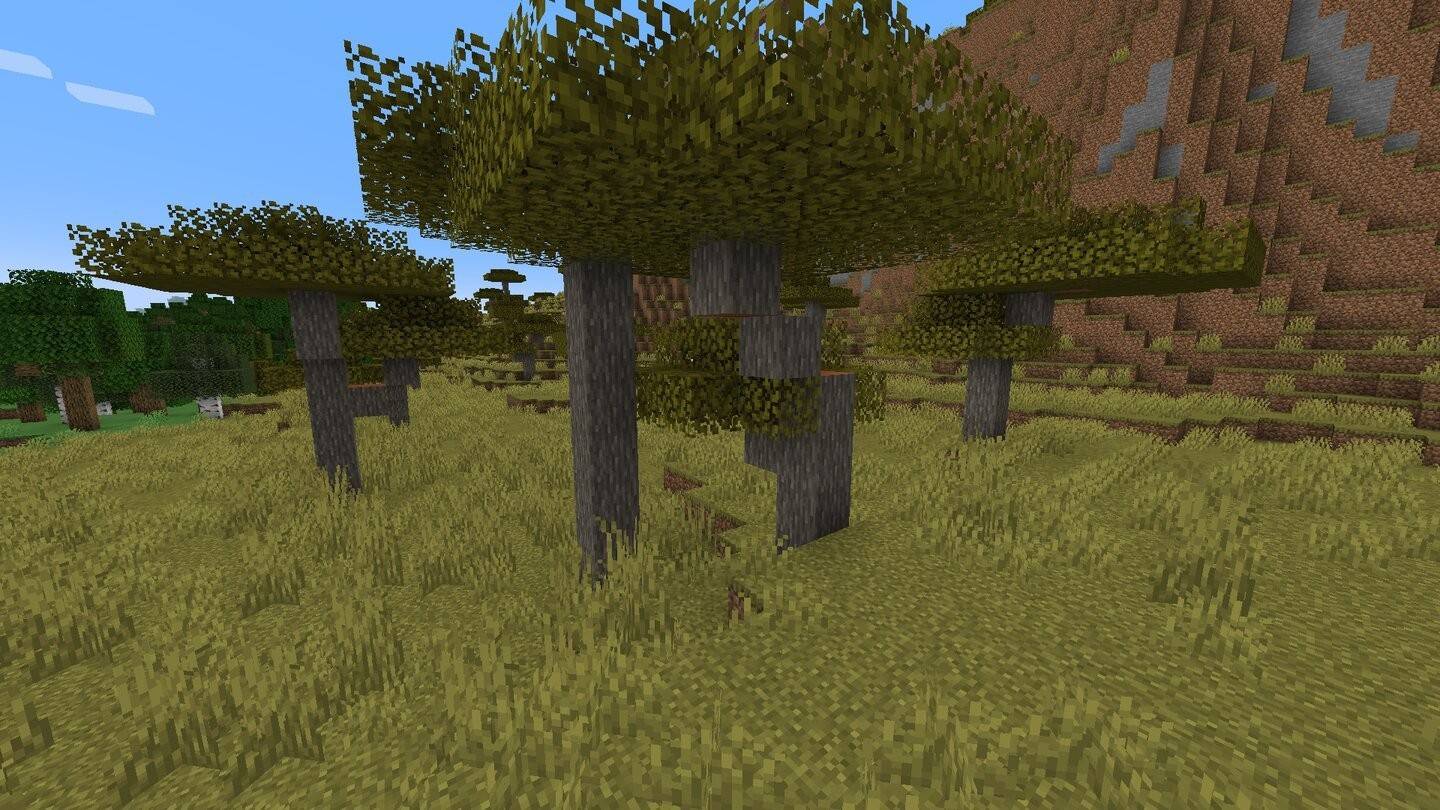 Image: ensigame.com
Image: ensigame.com
Acacia trees, found in savannas, feature a reddish tint and unique horizontal branches. Their wood is ideal for ethnic-style villages, desert bridges, or builds inspired by African culture, adding a distinctive flair to your creations.
Dark Oak
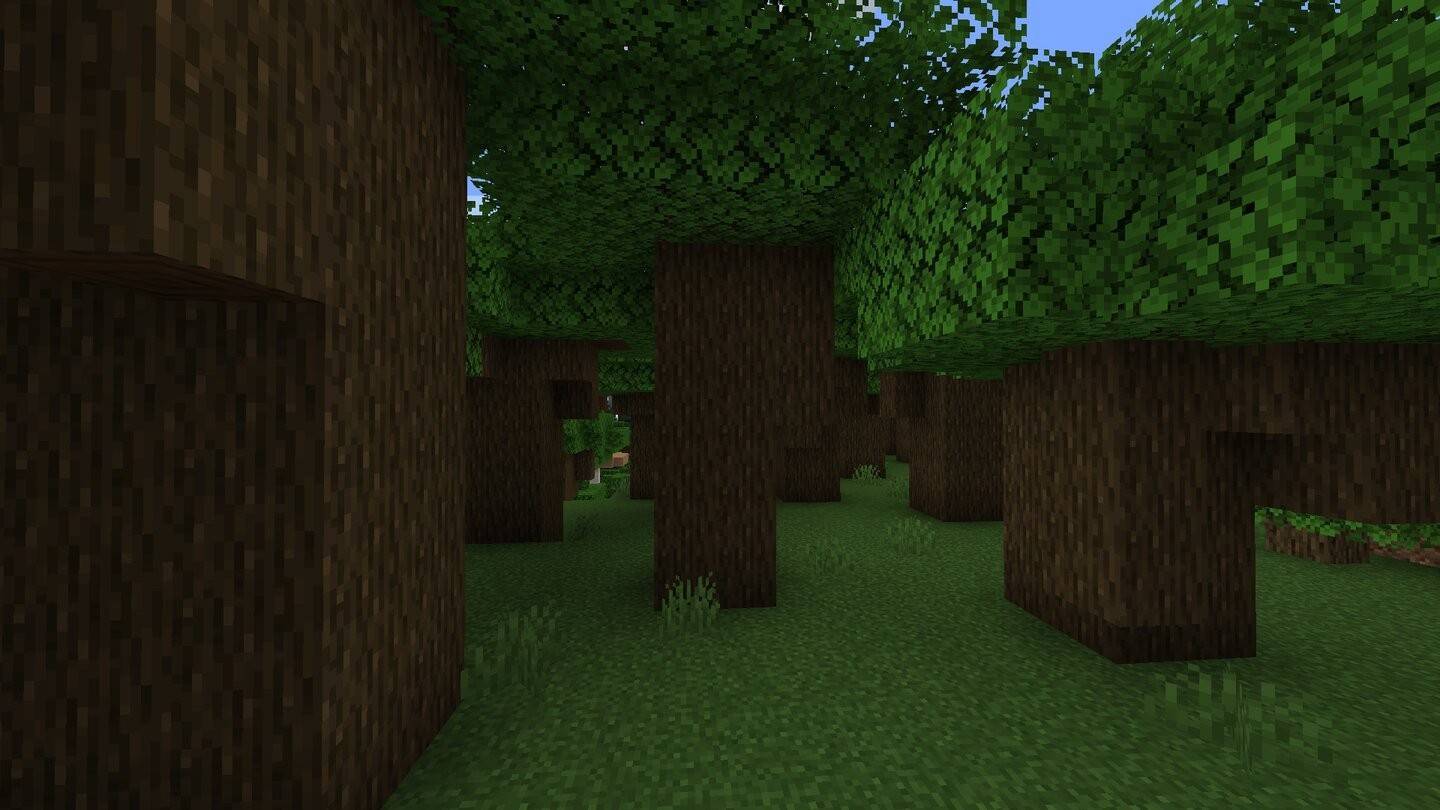 Image: ensigame.com
Image: ensigame.com
Dark oak, with its rich chocolate-brown shade, is a staple for luxurious interiors and medieval structures. It's challenging to find early in the game, growing only in the Roofed Forest biome and requiring four saplings to plant. Its deep texture is perfect for massive doors and opulent builds.
Pale Oak
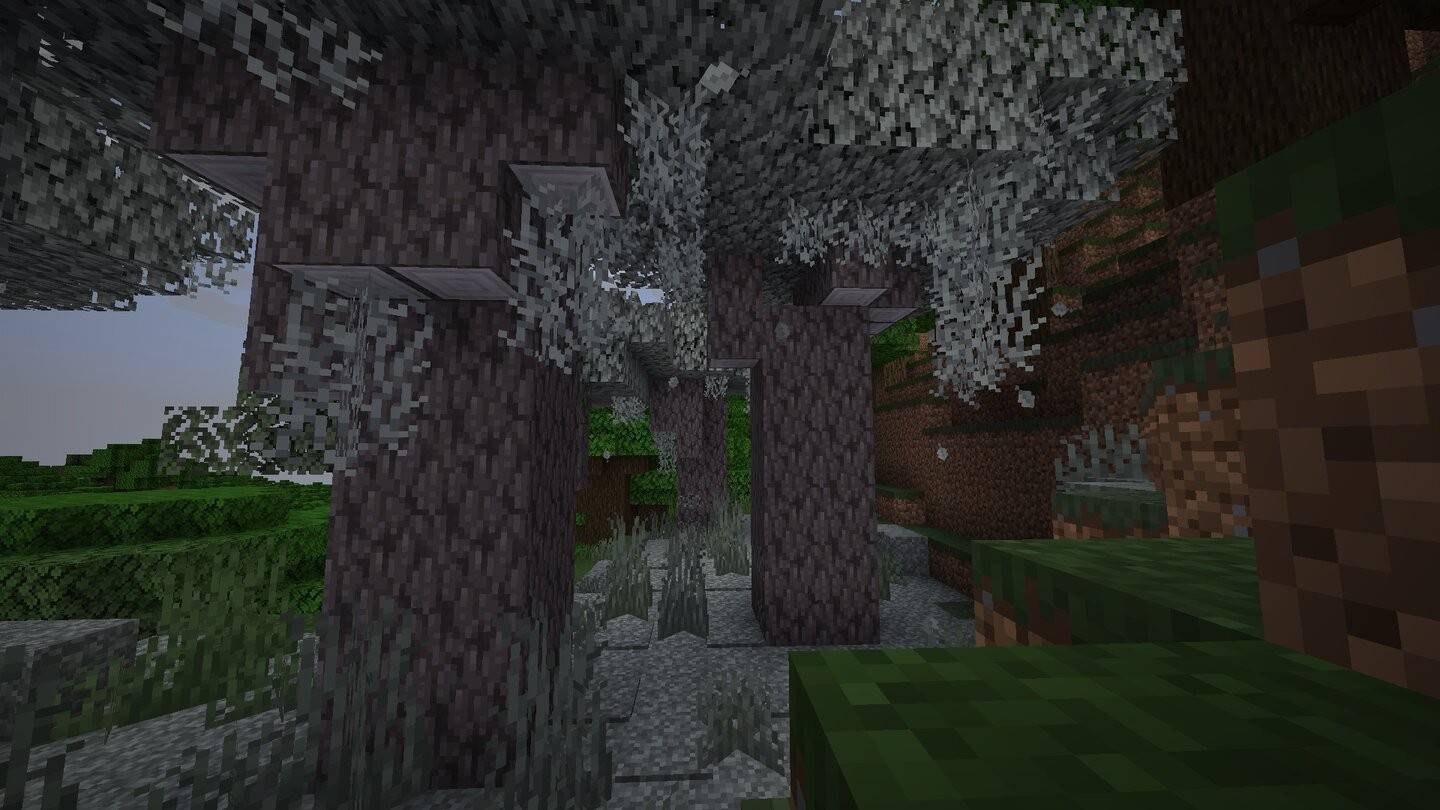 Image: ensigame.com
Image: ensigame.com
Pale oak, a rare find in the Pale Garden biome, features a gray-toned wood identical in texture to dark oak. The tree is adorned with hanging pale moss and contains "skripcevina," which summons aggressive "skripuns" at night. Its contrasting color with dark oak makes it a versatile choice for unique builds.
Mangrove
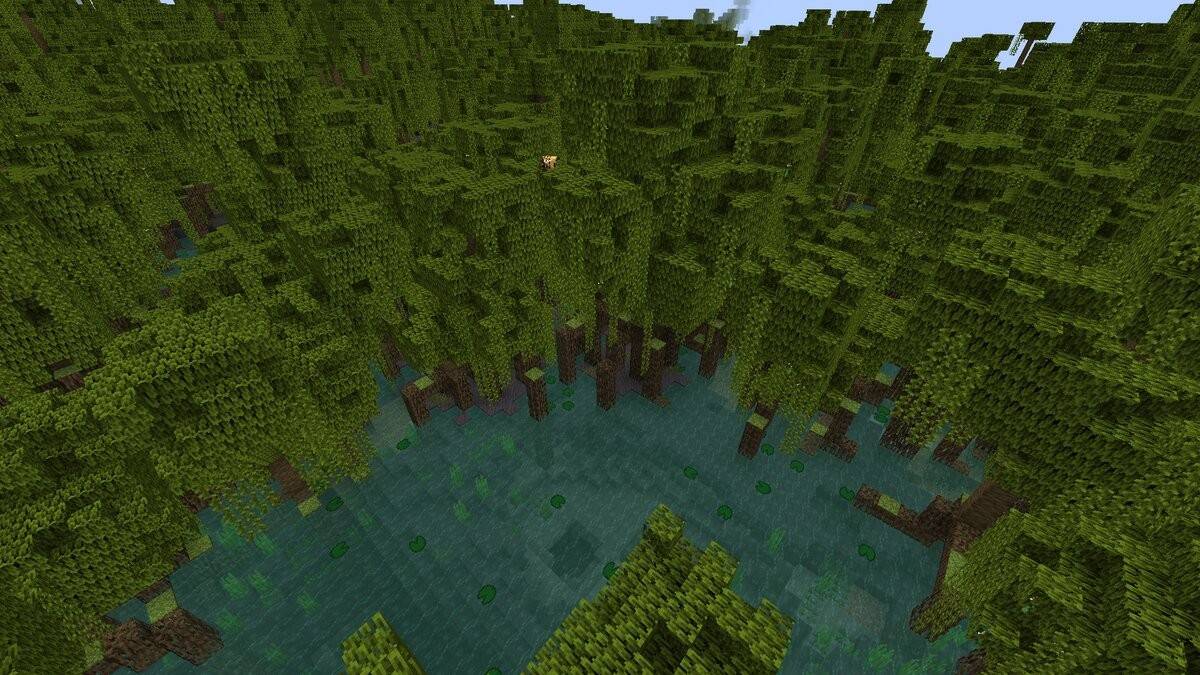 Image: youtube.com
Image: youtube.com
Mangrove trees, added in recent updates, grow in mangrove swamps. Their reddish-brown wood and intricate root system add authenticity to swamp-themed builds, wooden piers, and bridges.
Warped
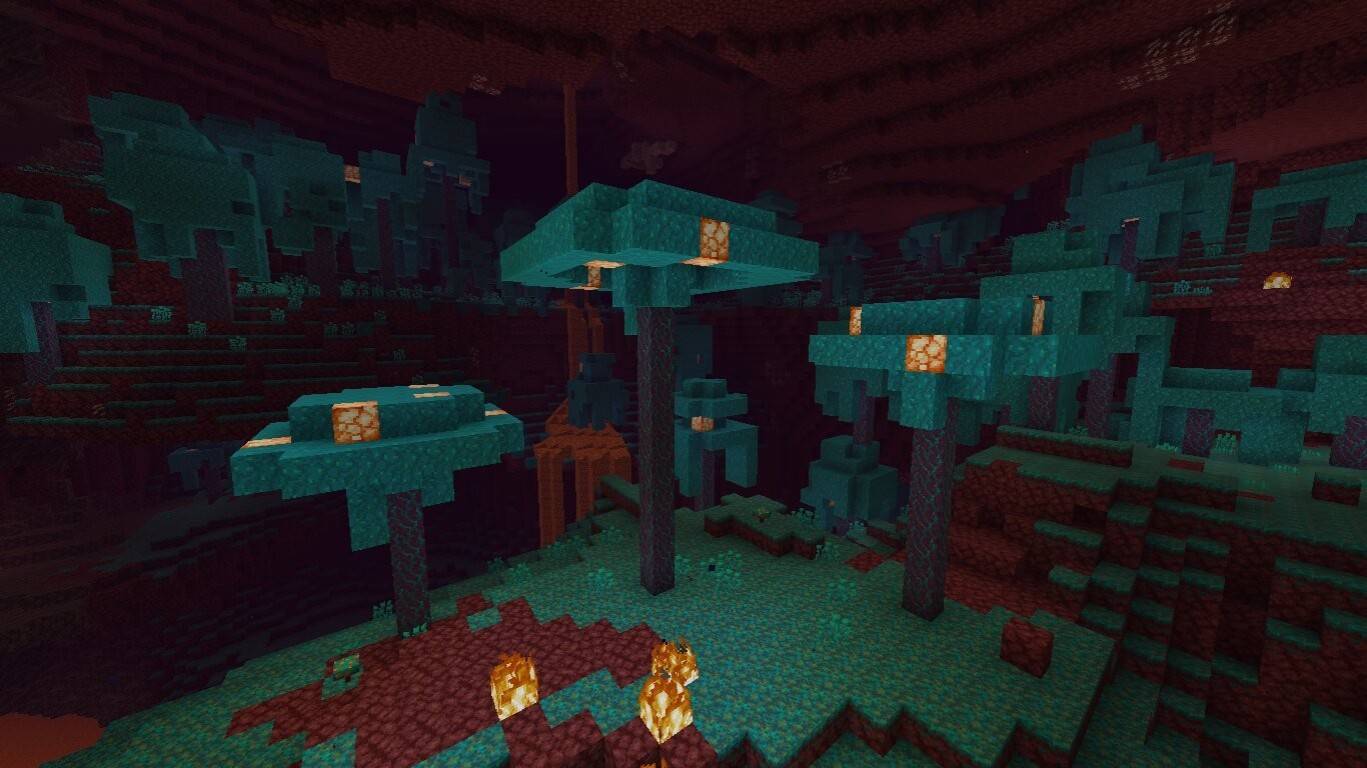 Image: feedback.minecraft.net
Image: feedback.minecraft.net
Warped trees, found in the Nether, feature a striking turquoise color. Their non-flammable wood is ideal for fantasy-style builds, magic towers, and mystical portals, enhancing the Nether's unique environment.
Crimson
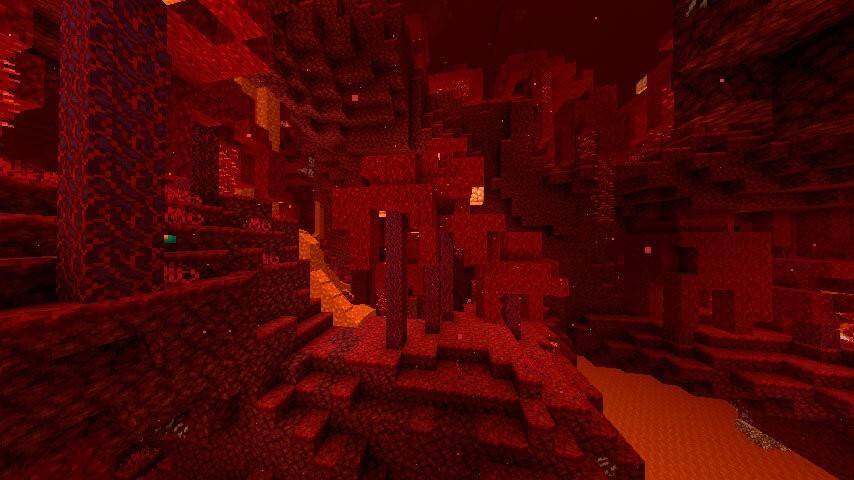 Image: pixelmon.site
Image: pixelmon.site
Crimson trees, also from the Nether, offer red-purple wood perfect for dark or demonic-themed builds. Their non-flammable nature makes them suitable for hazardous conditions and Nether-inspired interiors.
Cherry
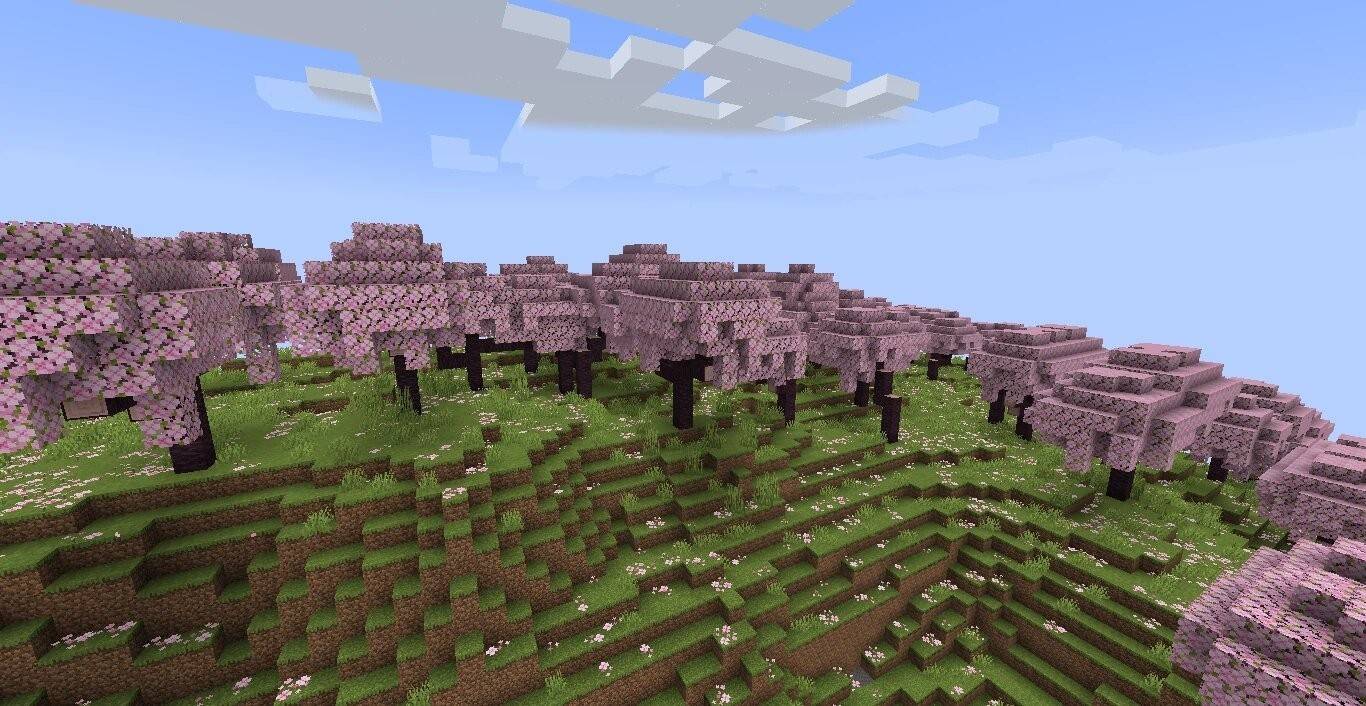 Image: minecraft.fandom.com
Image: minecraft.fandom.com
Cherry trees, exclusive to the cherry grove biome, feature foliage that generates unique falling-petal particles. Their bright pink wood is popular for interior decoration and crafting unusual furniture, adding a whimsical touch to your designs.
Azalea
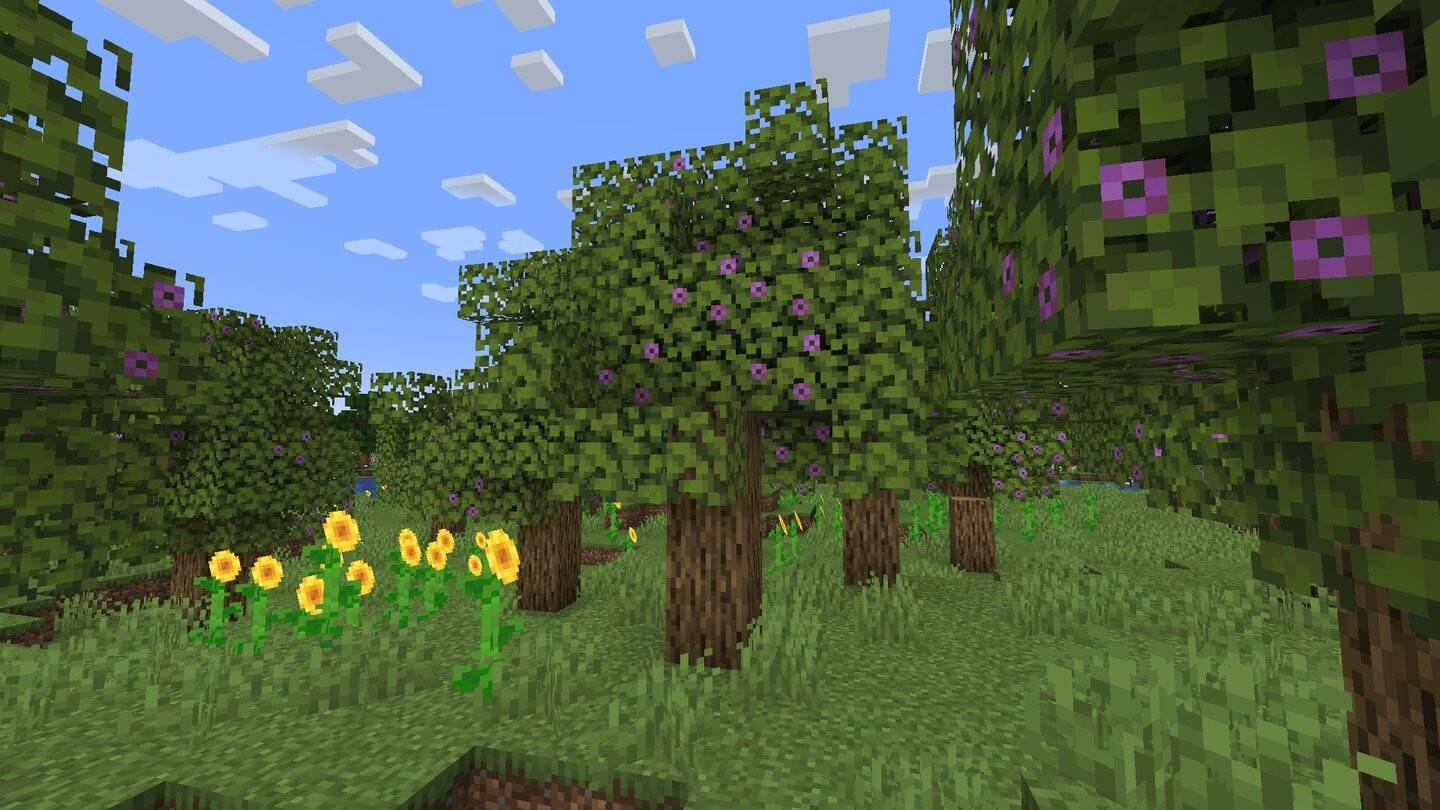 Image: ensigame.com
Image: ensigame.com
Azalea trees, similar to oak but with unique features, generate above lush caves. They have a root system and distinctive flowers on their leaves, making them a design interest. Azalea wood is regular oak, but its unique appearance adds flair to your builds.
Wood is a fundamental resource in Minecraft, essential for both survival and creative endeavors. While the type of wood used for crafting items is interchangeable, each tree's unique texture and color palette offers endless possibilities for constructing distinctive structures. By understanding the features of each wood type, you can effectively use them in building, crafting, decorating, and even farming. So, grab your axe, venture into the nearest forest, and let your creativity flourish!






